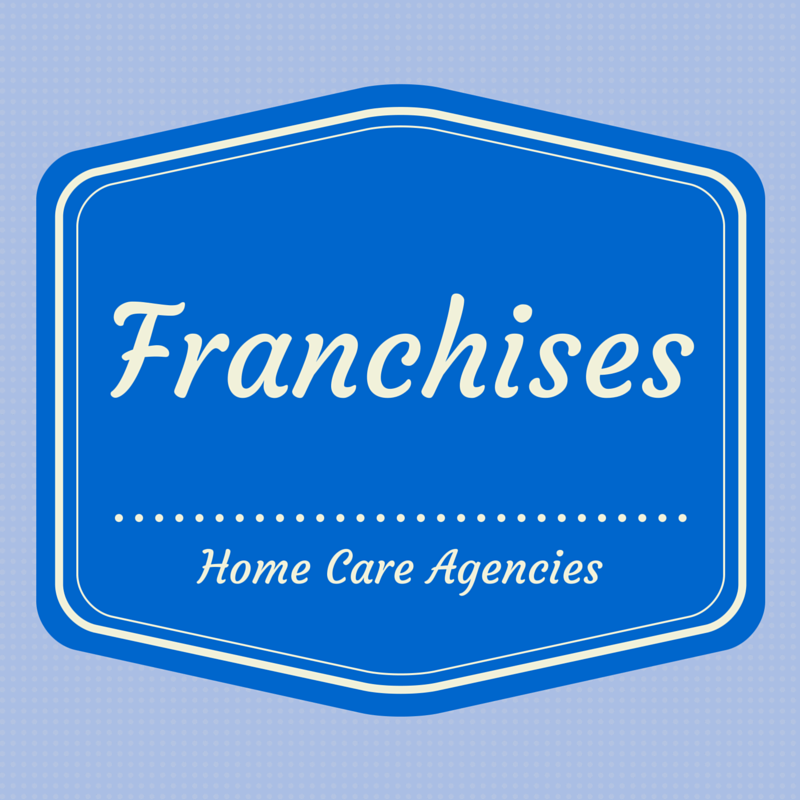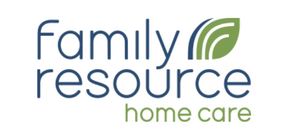Part I of this series talked about the benefits of the franchise model for home care agencies. Here are some of the downsides to the franchise model:
- Financial obligation to the franchisor. Typically a franchise holder must pay 4-5% of their gross income to the national franchise operation, or franchisor. In a business that runs on a tight profit margin, the franchisee will need to make up that lost income and will likely need to take it from the area of greatest cost – caregiver pay. Without that obligation, an independent home care agency can offer their caregivers $1 – $2 more per hour. This can translate into a huge advantage as higher pay often means better staff quality and retention.
- Less flexibility. Constrained by the requirements of the national franchise operation, an agency has less flexibility to react to local market conditions.
- Conflicts between franchisor and local regulations. In Washington state, owners of franchises have specific regulations that they must adhere to by law. These may conflict with, or be redundant with those of the franchisor.
- Geographic constraints. Franchise holders are assigned specific territories where they may set up and seek out business. Referrals that come to them through their own personal connections that are outside of their territory must be refused and sent on to the franchise owner in that geographic region. Good marketers may find that they are sending on more referrals then they are getting from other franchisees.
Fourteen years ago, when I launched Family Resource Home Care there were few private duty home care agencies, either independent or franchises. Being independent has enabled us to follow our creative and entrepreneurial noses as the industry has evolved. It has worked for us and I think it has been a key component of our success.
I know most of the major home care franchise owners in Washington State. I respect their work and count many of them as friends. As our population ages, the need for home care agencies of all stripes will only increase. There’s room for all.






